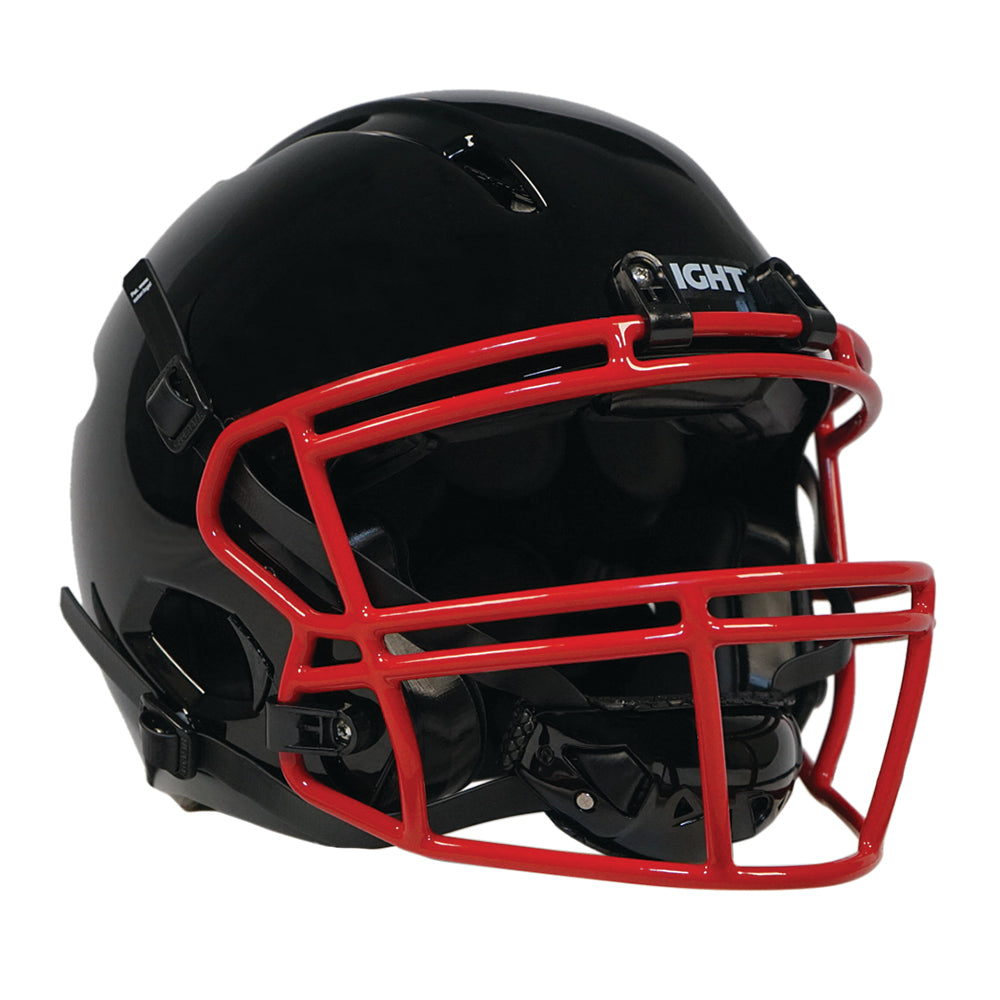Arguably, the helmet is the most important piece of NFL equipment. It’s a player’s first line of defense, and the only thing stopping a 100+ G force collision going straight to their brain. Well, with concussions still a major concern in The League, the NFL knew its current safety standards needed to improve. So, the organization made a call to industry and newcomers KOLLIDE and LIGHT Helmets answered. Their innovative 3D printed technology has started to establish a foothold in the NFL, and their tech is showing it can better protect players at the highest level.
For years, the NFL claimed it wanted to make the game safer, but finally put its money where its mouth was in 2019. The organization started the NFL Helmet Challenge and called on industry to help develop better protective technologies. One of the three winners was KOLLIDE, a consortium of three companies from Montreal with backgrounds in 3D printing, sports equipment design, and validation testing. They were new to the industry and ultimately partnered with LIGHT Helmets to bring this technology to market. Since partnering, KOLLIDE and LIGHT have improved on their technology and now have The GLADIATOR, “an NFL-NFLPA Recommended Helmet.”

The Gladiator helmet by LIGHT Helmet. (Image courtesy of LIGHT Helmets)
Their technology uses a combination of complex and organic FDM printed 3D mesh structures and some of the best simulation technology out there. The two companies have been able to iterate through their designs and optimize each 3D printed pad to a player’s specific position. They have shown this method can more efficiently absorb and redirect the impact energy a player receives and thus reduce the linear and rotational forces on the head.

KOLLIDE and LIGHT Helmet’s 3D printed mesh liner with interchangeable pads. (Image courtesy of LIGHT Helmets)
In addition, their helmets use lighter materials for the helmet’s shell and face mask too. This has cut down their Gladiator helmet to 3.5 lbs, when configured for a skill player, which is considerably lighter than a traditional NFL helmet and can lower the kinetic energy in many common, on field impacts.
In the future, the companies want to continue developing their helmet’s technology and offer the best protection a football player can have. They will continue exploring new materials which will aid in that effort, and they want to expand into other markets like hockey, cycling, and F1.
“LIGHT Helmets has been a perfect fit for us. We had the technology, but they were the missing link to getting it to market. This [partnership] is the first stepping stone for us, and now that we have the understanding of our technologies and potential markets, we can more easily branch into them.” -Eric Gaudreau, President of KOLLIDE
“Working with KOLLIDE has been great and we have been so impressed with 3D printing! We can make subtle changes to our designs and have results back in a week! We are more nimble to adapt to any situation and we are able to bring better protective technologies to market faster than our competitors.” -Nicholas Esayian, CEO of LIGHT Helmets
Being a former football player myself, I always get excited about new technology that makes this game safer for the people who play it. KOLLIDE and LIGHT are doing just that, and it’s impressive to hear their helmets are already in half of the NFL locker rooms and have a substantial presence at the college and high school level too. If they continue to improve on their technology like they have over the last five years, I wouldn’t be surprised if they become household names like Riddell and Schutt. Time will tell if they do reach that level, but with how much innovation they are bringing it may be more likely than not.
Subscribe to Our Email Newsletter
Stay up-to-date on all the latest news from the 3D printing industry and receive information and offers from third party vendors.
Print Services
Upload your 3D Models and get them printed quickly and efficiently.
You May Also Like
Reinventing Reindustrialization: Why NAVWAR Project Manager Spencer Koroly Invented a Made-in-America 3D Printer
It has become virtually impossible to regularly follow additive manufacturing (AM) industry news and not stumble across the term “defense industrial base” (DIB), a concept encompassing all the many diverse...
Inside The Barnes Global Advisors’ Vision for a Stronger AM Ecosystem
As additive manufacturing (AM) continues to revolutionize the industrial landscape, Pittsburgh-based consultancy The Barnes Global Advisors (TBGA) is helping shape what that future looks like. As the largest independent AM...
Ruggedized: How USMC Innovation Officer Matt Pine Navigates 3D Printing in the Military
Disclaimer: Matt Pine’s views are not the views of the Department of Defense nor the U.S. Marine Corps Throughout this decade thus far, the military’s adoption of additive manufacturing (AM)...
U.S. Congress Calls Out 3D Printing in Proposal for Commercial Reserve Manufacturing Network
Last week, the U.S. House of Representatives’ Appropriations Committee moved the FY 2026 defense bill forward to the House floor. Included in the legislation is a $131 million proposal for...

































